Taking a locality approach to designing health and wellbeing into our lives
From the very beginning of the Healthy Families NZ movement, we’ve collectively aimed to take a systems approach to making the places we spend our time in more health promoting.
Over the past six years, Healthy Families Hutt Valley has worked in partnership with our Hutt City Council colleagues so that the places and spaces we manage or can influence make it easier for our neighbourhoods and communities to be well.
Councils influence how our city is designed and developed as well as what happens in our built and natural environments. The decisions that Councils make have the potential to create facilities, streets and public spaces, natural and built environments that benefit our community’s wellbeing. Across Te Awa Kairangi, each community has its own unique assets, both physical and social, as well as their own barriers to wellbeing.
The Healthy Families Hutt Valley approach enables working in partnership with our neighbourhoods and communities, to learn and gain a deeper understanding of what needs to change in our systems to make life better for our people. This approach is influencing the refocus of Hutt City Council’s Neighbourhoods and Communities Group. The Group manages our parks, gardens and reserves, pools, libraries and hubs, museums as well as holding the community development and funding functions. They are looking to reset the way Council engages and works with communities, taking a locality approach. This acknowledges that while there may be common underlying factors that impact our wellbeing, sustainable and effective solutions lie within each unique community.
Andrea Blackshaw, Director of Neighbourhoods and Communities at Hutt City Council says “One of the priorities in our new Long Term Plan is ‘connected communities’ which is an indication of our changing role. We want to take a holistic approach to geographic neighbourhoods, working more closely with people in the place they live and harnessing the collective impact.
Healthy Families Hutt Valley has demonstrated how a locality approach can work across different kaupapa. We worked with our Council colleagues and local communities to address the lack of access to drinking water in community spaces, especially places where our tamariki play. The needs of the different localities and the available infrastructure and resources within those communities meant water fountains were funded differently and placed where the community valued them the most.
We trialled two different ways of creating smokefree town centres which was led and informed by community champions. In Wainuiomata, the Community Board, Takiri Mai te Ata, Regional Public Health and local rangatahi led and influenced the changes while in Stokes Valley it was the Community Hub team and local retailers including one of our Strategic Leadership Group members that drove the movement for change. The outcomes were the same but the journeys reflected the ways those communities wanted to create this change.
In the kai system we worked differently with communities and local organisations in Wainuiomata and Taitā. Wainuiomata had a strong kai movement already in place led by Kōkiri Marae’s Pātaka Kai, our role is to tautoko their efforts and help connect them with the wider kai system and Council teams. In Taitā we took a more active role in establishing a Koha Kai Pātaka in partnership with Common Ground. The different localities had the same underlying need for better access to kai but had different priorities, resources and capacity to take action. We’re excited that Hutt City Council is moving towards this locality approach, knowing that it may not always be the quickest or cheapest way of creating change but that the end outcomes are long lasting and create the impact that communities want and need.
